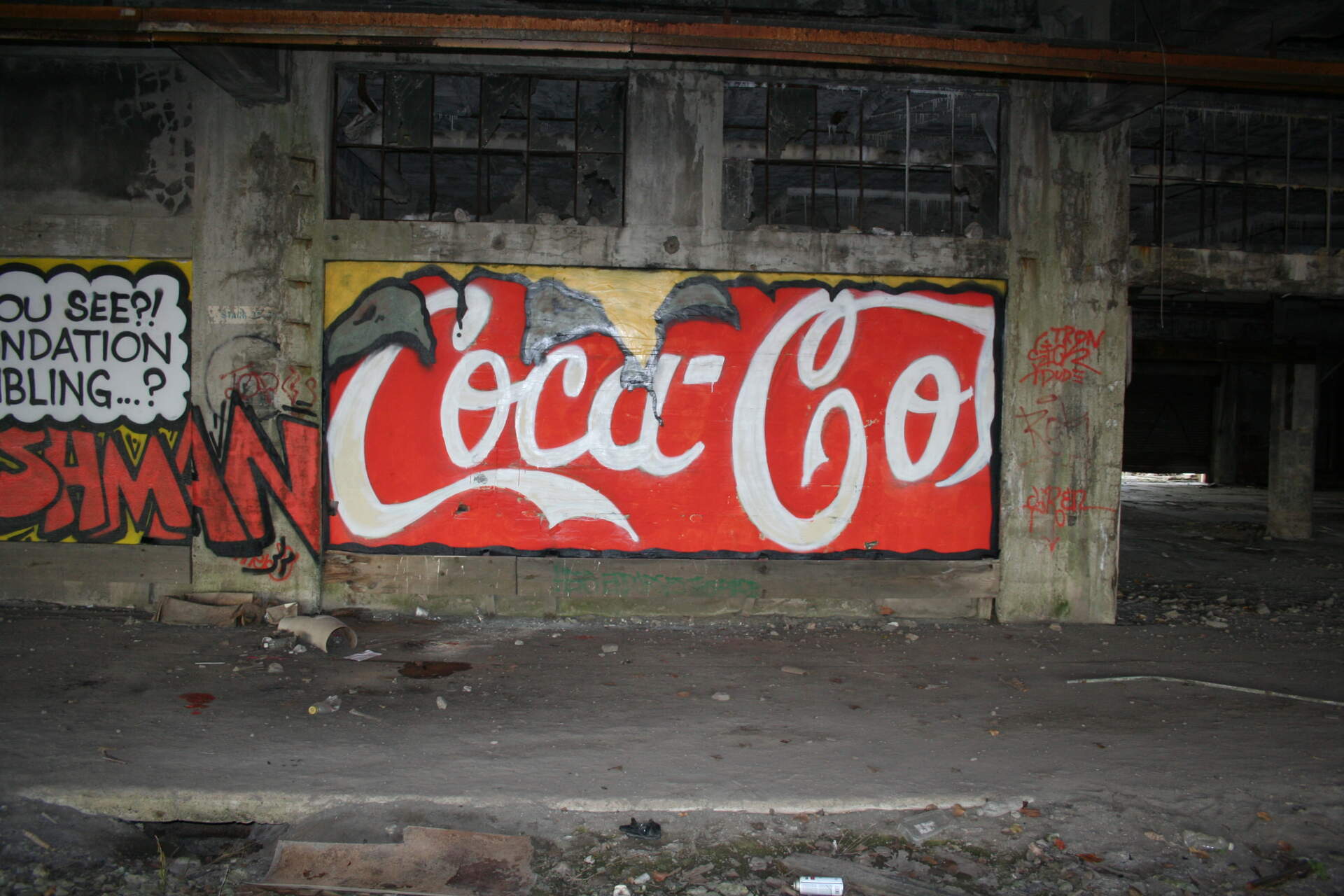
Spain Rodriguez (1940-2012)
Colin Dabkowski on the "Mysterious Graffiti" on Buffalo's East Side
Wednesday, Dec 5, 2012
Mystery shrouds source of East Side graffiti tribute to Manuel ‘Spain’ Rodriguez
By Colin Dabkowski
Read the article at www.BuffaloNews.com.
An anonymous graffiti artist or group of artists has spray-painted an extensive and colorful tribute to the Buffalo-born comics artist Manuel “Spain” Rodriguez, who died last week, at an old train platform near Buffalo’s Central Terminal.
Monday afternoon, an unidentified young man dropped off a package containing a CD of images and a note at the Hallwalls offices on Delaware Avenue, according to Hallwalls Contemporary Arts Center’s executive director, Edmund Cardoni.
“Included are photos of an illegal mural – a dedication to Spain Rodriguez, located in Buffalo’s East-Side, at the Central Terminal,” the note read. “Please use these photos and your powers to get the mural some shine … or just throw the CD out.”
The artist also dropped off packages at Artvoice and the Burchfield Penney Art Center.
Anthony Bannon, director of the Burchfield Penney, wrote a note on the center’s website drawing comparisons between the mural work by the late graffiti artists Keith Haring and Jean-Michel Basquiat, who “were both reviled and applauded – threatened and rewarded.”
The mural, photos of which circulated on Facebook on Monday evening, depicts seven panels featuring scenes lifted from Rodriguez’s work as an underground comics artist, including his famous “Trashman” character, a left-wing superhero fighting against the ruling class.
In one panel of the mural, positioned between two concrete columns, the contents of Trashman’s word bubble seem to comment on the surroundings: “Can’t you see?! The foundation is crumbling.”
Other panels show a huge hand giving a thumbs-down sign, a road sign containing the phrase “R.I.P. Spain” set against a red and white backdrop, and a re-creation of Rodriguez’s oft-repeated warning to those who would read his comics: “For adult intellectuals only.”
One of the panels is dated Nov. 28, suggesting that it was completed over several days.
The outlying building in which the mural was painted is owned by the City of Buffalo and not by Central Terminal Restoration Corp., according to the corporation’s executive director, Marilyn Rodgers. The building, built 12 years before the Central Terminal in 1917, served as a former warehouse and shipping platform of the Railway Express Agency. It has since fallen into disrepair; its concrete floors have worn through in spots, and the old tracks are covered by mounds of dirt, old tires and debris.
Rodgers said she is of two minds about the graffiti, which she hadn’t yet seen up close.
“Legal graffiti does not upset me. When you deface a historic property, that upsets me,” she said. “But graffiti as an art form, and in the proper context? It’s something to be revered. I’m torn. I’m very torn.”
Cardoni, who co-curated the ongoing retrospective exhibition on Rodriguez’s work on view through mid-January in the Burchfield Penney, hailed the mural as an extension of the late artist’s gritty and streetwise work.
“I was delighted to see it. The scale of it was pretty spectacular,” he said. “I think that it’s a very fitting tribute to Spain. He was always a rebel and an iconoclast and comes from the East Side of Buffalo. I know already that [his widow] Susan Stern was delighted by it. … I was very gratified to see young artists who are inspired by Spain and his spirit. That’s part of what I wanted to do with the show: bring his work to the attention of people who might not know about it.”
Cardoni and others have suggested that the illegal nature of the mural matters less than its artistic significance.
“In terms of being graffiti, they could have picked a much more visible place that people might have objected to,” he said. “I think they found a place that they could really do it justice in terms of size and scale.”